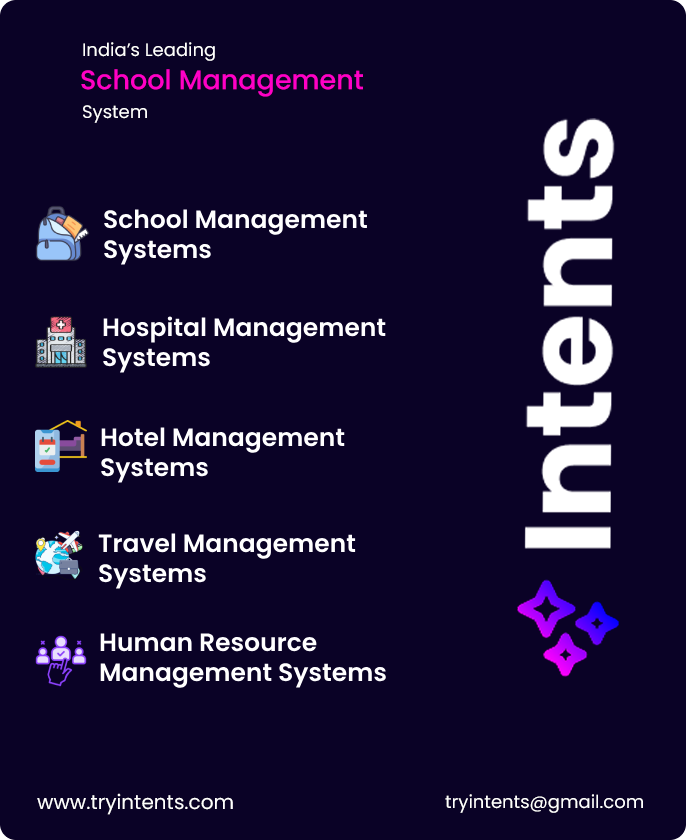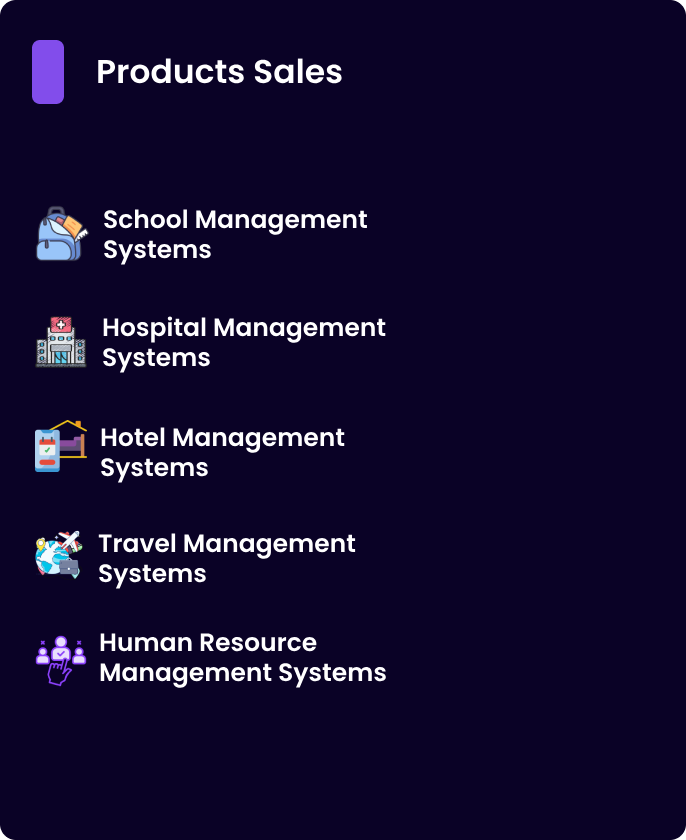Understanding the Drawbacks of React: Key Considerations for Developers
React is one of the most popular JavaScript libraries for building user interfaces, particularly for single-page applications. Developed and maintained by Facebook, React has revolutionized front-end development with its component-based architecture, virtual DOM, and ease of state management. However, despite its numerous advantages, React also comes with certain drawbacks that developers should consider before choosing it for their projects.
1. Steep Learning Curve
While React itself is relatively easy to understand for developers with JavaScript experience, mastering React and its ecosystem can be challenging. Developers often need to learn additional tools and libraries such as Redux, React Router, and state management solutions, which can complicate the learning process.
2. Rapidly Changing Environment
React’s ecosystem evolves quickly, which can be both a blessing and a curse. Frequent updates may introduce breaking changes, requiring developers to constantly stay updated with the latest versions and best practices. This can be time-consuming and overwhelming, especially for new developers.
3. JSX Syntax Complexity
JSX, a syntax extension that allows developers to write HTML-like code within JavaScript, is a core feature of React. While JSX can enhance readability and streamline component creation, it can also be confusing for beginners and developers unfamiliar with the concept.
4. Performance Issues with Large Applications
Although React is known for its performance efficiency due to the virtual DOM, large-scale applications with complex state management can still experience performance bottlenecks. Inefficient rendering and re-renders can lead to slow performance if components are not optimized properly.
5. Lack of Built-in Tools
React is a library, not a full-fledged framework, which means it lacks certain built-in functionalities. Developers often rely on third-party libraries for routing, state management, and other essential features. This can lead to compatibility issues and increased development time.
6. SEO Challenges
Despite improvements with server-side rendering (SSR) and tools like Next.js, React applications can still face SEO challenges. Search engines may struggle to index JavaScript-heavy applications, affecting organic search visibility. Developers need to implement proper SSR techniques and ensure their content is accessible to search engine crawlers.
7. Licensing and Ownership Concerns
React’s licensing history has raised concerns in the past. Although Facebook changed React’s license to MIT in 2017, some developers remain cautious about relying heavily on a library owned by a large corporation.
Conclusion
While React offers a robust and flexible solution for building dynamic user interfaces, it is not without its challenges. Developers must weigh the pros and cons based on their project requirements and team expertise. Staying informed about React’s ecosystem and best practices can help mitigate these drawbacks and ensure successful development outcomes.
By understanding the limitations of React, developers can make more informed decisions and choose the right tools for their front-end development needs.





